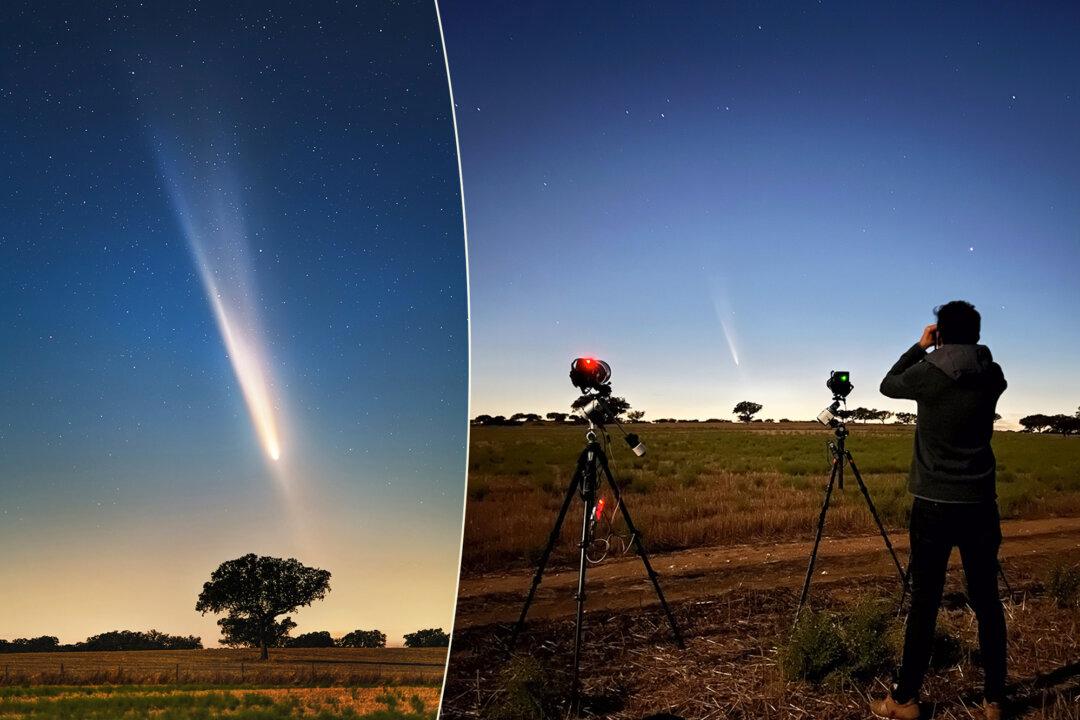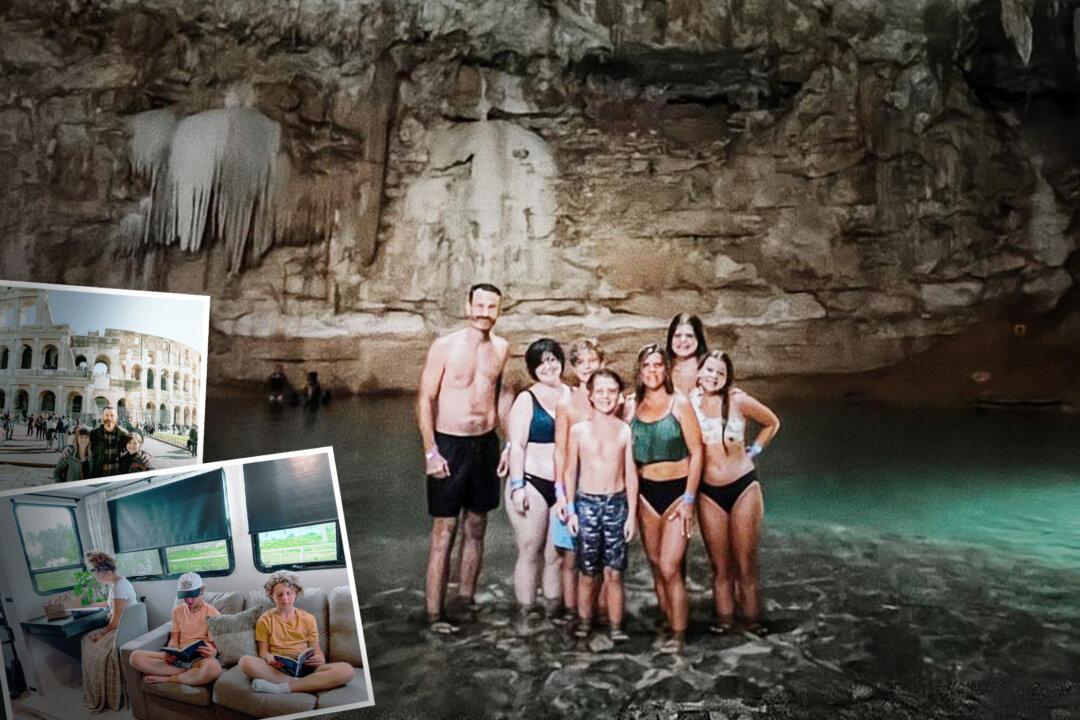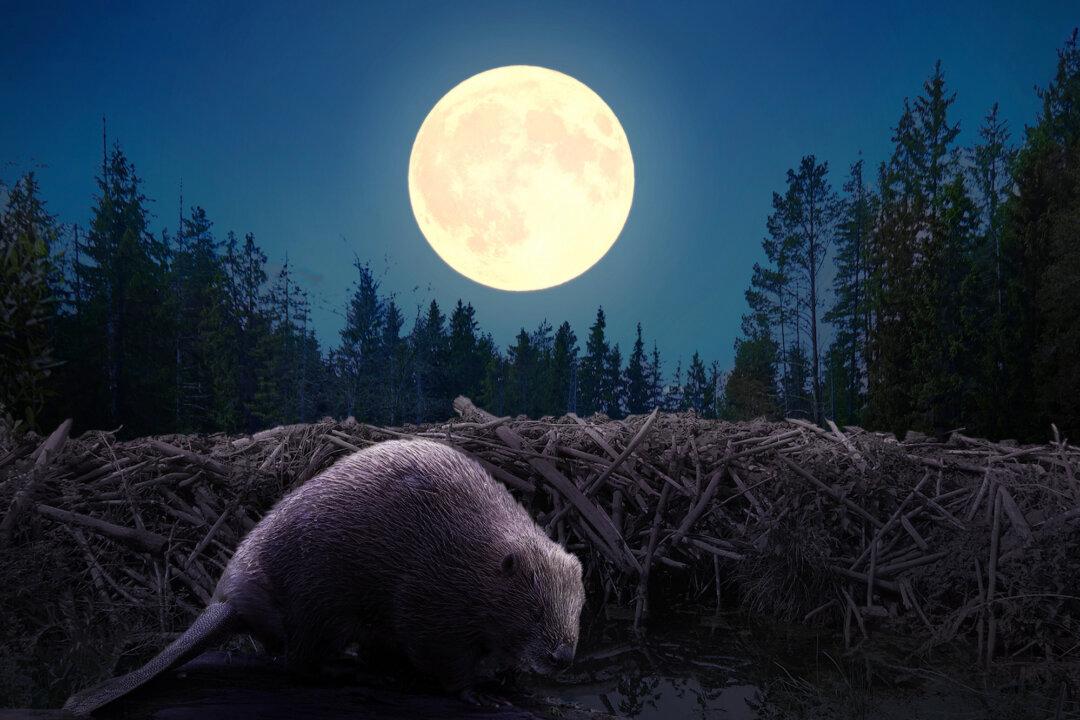Miguel Claro had no time to ponder the monolithic stones set about in the timeless landscape, monuments erected in ancient times in honor of unknown gods. He had a date to make with a far older object, which was hurtling through space at high speed. This was a race against time.
He drove through a region of eastern Portugal, a veritable time capsule. It was once considered a strategic town where stone walls protected armies, and opponents were spied from towers on high. Beautiful Monsaraz, Portugal, still retains its medieval look. Now it’s better known for its bed and breakfasts that cater to tourists.
Miguel had no time to ponder any of it.
Foregoing the historical sights and monoliths all around, Miguel was chasing a comet. A3 Atlas, its technical name, had recently hit perihelion, lit up like a matchstick in the sky, and started to sport a fancy anti-tail. Perihelion is a comet’s closest position to the sun along its elliptical orbit, where it flares to life. An anti-tail is a dramatic filament shooting off the comet’s tail proper, caused by the comet’s nearness to the sun.

The weather had been bad all week, but the last days of September finally offered clear skies in the countryside. He and his wife, Polonia, had driven throughout the night in search of the comet, but in the last hours before sunrise, they stopped and saw it with their naked eyes. In the pink skies of twilight, to the east, the faint light of A3 Atlas appeared over the horizon as they unpacked their photography gear and prepared for the money shot.
They’d been preparing all year, though they first learned about the comet soon after its discovery in January 2023. A Chinese observatory first spotted it far beyond our solar system, headed inbound toward the sun. Mathematical calculations showed that a single orbit around the sun would take the comet 80,000 years to complete.
Calculations also determined when and where it would be visible to Earth observers like Miguel and Polonia and that its flashy appearance would boldly rival the marvelous display of Comet Neowise of recent years. Miguel, 47, the official astrophotographer of Dark Sky Reserve in Alqueva, Portugal, had all this in mind. They had been scouting locations weeks ahead. Now all that planning was about to pay off.

“It was a very beautiful twilit sky,” Miguel told The Epoch Times. “[The comet] was raking to the eastern region of the sky. In that area, it’s very difficult to find a comet because in the twilight, the first time, the comet was not that bright, it was very faint.” To human eyes, this faintness is natural.
All the fancy gear they lugged along made it possible to capture images of the comet in staggering detail. In addition to high-powered lenses and multiple tripods, they set up a star tracker to capture clear pinpoints of light in the turning globe of the night sky. Taking these separate samples and stacking them together would make a coherent whole.
“On the view of the camera screen, it was a bright, obvious object; it was amazing to see, and on that particular night, conditions were just perfect,” Miguel said. “The light was incredible.”
That morning in late September, they won their race against time.
But an encore lay ahead.


As comets go, A3 Atlas did a swoop around the sun to appear a second time on its outbound leg. A little over two weeks after that first fortunate night in late September, on Oct. 13, Miguel captured A3 Atlas once again. This time, digital enhancements helped him bring out blue hues in the comet’s tail that were caused by scattered moonlight.
With time on his side, having positioned himself just right and collected his money shot, Miguel contemplated some of the comet’s “mysteries.” The anti-tail, he explained, occurs when comets cross Earth’s orbital plane. Gravitational distortions from the sun draw matter out from its dust tail in dramatic fashion.
Here’s a mystery. What are comets and why do they behave as they do?

“Basically, a comet is like a ball of dirty ice,” he said. “The heat of the sun starts to sublimate some of it, and it starts to have a tail because it’s going in the direction of the sun and starts to reflect the light of the sun.”
Where do they come from?
A3 Atlas, it is believed, originates from the Oort cloud, a vast theoretical ring of planetesimals far beyond the boundary of the solar system.
Now, with Earth sufficiently in the comet’s rearview mirror as it heads back into deep space, Miguel contemplates his next date with the ancient space object.
He said with a laugh: “It will come back in 80,000 years.”








